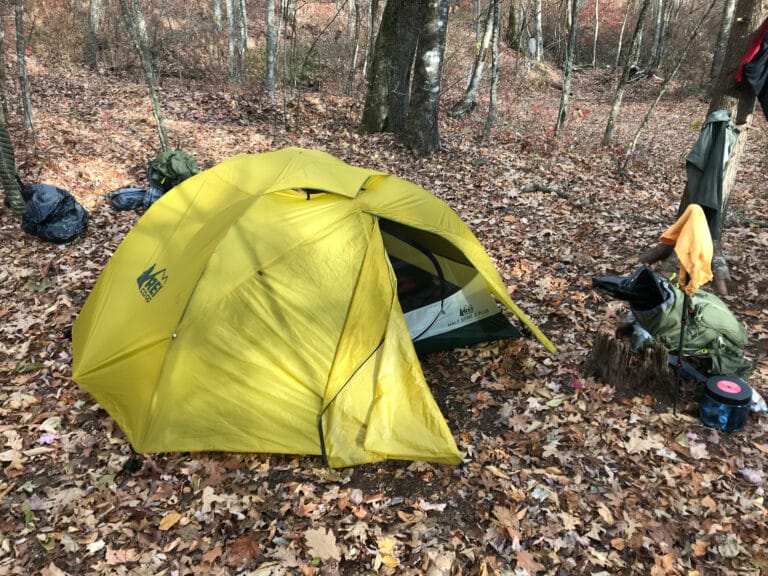Dear EarthTalk: Why are bed bugs a big issue right now? Where do they come from and what real harm do they do? Are there non-toxic ways of dealing with them? — Harper H., Newburyport, MA
Bed bugs, tiny little rust-colored insects of the Cimicidae family, live by feeding on the blood of humans and other warm-blooded hosts. They get their name from their favorite habitat: mattresses (they like sofas and other cushy furniture, too). Bed bugs are most active at night, just when you’re asleep in your bed and easy prey. While their bites can be itchy, bed bugs are more of a nuisance than a health threat at this point.
For reasons still unknown to public health experts, certain cities across the U.S., Canada, Australia, Europe and Africa have seen an explosion in bed bugs in recent years. According to Larry Pinto, author of The Techletter, a leading information source for the pest control industry, increased worldwide travel and the rising popularity of second-hand goods may be factors in the resurgence of bed bugs, but the most likely reason is our rejection of DDT and other harsh insecticides composed of chlorinated hydrocarbons.
Pinto suggests that the kinder, gentler pesticides available now, as well as more conservative pest control methods (such as using bait traps for specific infestations instead of all-around, periodic preventative spraying) are less effective at keeping bed bugs—and likely other pests—away. “Modern insecticides are proving to be somewhat ineffective against bed bugs,” he reports, adding that insects can also develop some level of resistance to insecticides in general.
Due to the bed bug problem in many cities, charities like Goodwill often won’t accept old mattresses or couches any longer. Consumers should beware of purchasing reconditioned or used mattresses and furniture accordingly. Even new mattresses can arrive at your home already infested, especially if they travel in trucks that contain old mattresses that new customers are discarding. If you can drive your new mattress home from the store yourself you are more likely to avoid a bed bug infestation altogether.
The upside of our abandonment of pesticides like DDT, of course, is the resurgence of bald eagles and other wildlife negatively affected by the accumulation of such toxins in the environment during the latter half of the 20th century. DDT was causing the shells of bird eggs to be thin and weak, resulting in many fewer hatchlings. By the mid-1960s, the U.S. played host to only 400 breeding pairs of bald eagles—less than one percent of the bird’s estimated population in the region prior to white settlement. DDT was finally banned in 1972, and today nearly 10,000 breeding pairs of bald eagles thrive in the continental U.S.
Some home-use treatments made with natural non-toxic ingredients are now available. XeroBugs’ Best Yet, a top choice of hotel/motel managers, makes use of cedar oil and natural enzymes to kill bed bugs. Another leading product is Rest Easy Bed Bug Spray, which uses cinnamon and other natural ingredients. Although these products are deemed effective, some argue that they don’t work nearly well enough to eradicate what some are calling a bed bug epidemic. Some are even calling for bringing back DDT (for use in small doses and for specific applications only) to help eradicate the growing bed bug problem.
CONTACTS: Techletter, www.techletter.com; XeroBugs, www.xerobugs.com; Rest Easy, www.resteasykillsbedbugs.com.
SEND YOUR ENVIRONMENTAL QUESTIONS TO: EarthTalk®, P.O. Box 5098, Westport, CT 06881; [email protected]. Read past columns at: www.emagazine.com/earthtalk/archives.php. EarthTalk® is now a book! Details and order information at: www.emagazine.com/earthtalkbook.







